Progress in Alpinism - the climbing style of today's elite
Today, climbing difficult routes on high mountains in alpine style is seen as the pinnacle of modern alpinism.
Of course, progress also takes place in alpinism. Today, climbing difficult routes on high mountains in alpine style is seen as the pinnacle of modern alpinism. Young, talented and motivated climbers are pushing this evolution further. We talked with the young Swiss climbers Michael Berger, Lukas Hinterberger, Jonas Schild and Nicolas Hojac, who tried the first ascent of K7 Northeast-ridge in the summer of 2017.
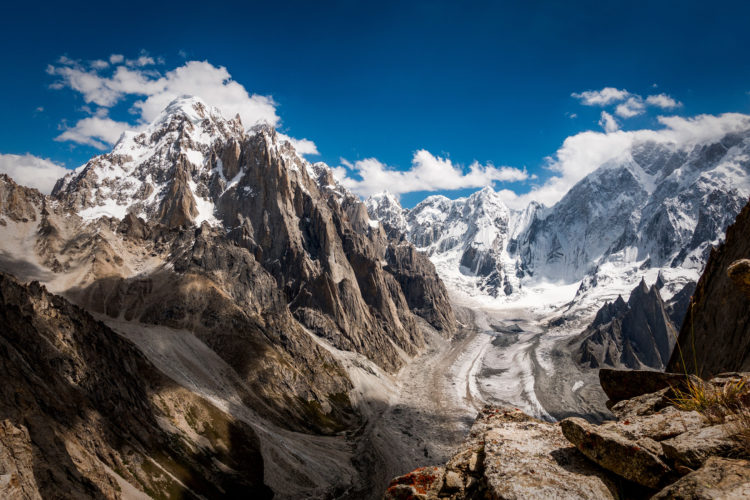
Here is their story: "K7 has an altitude of 6900 meters and lies in the north of Pakistan. Its northeastern ridge was already attempted 20 years ago - in classic expedition-style, with fixed ropes and ladders. Another team made a first try in alpine style three years ago, without success.
From reports of these teams we knew that we had to face difficulties up to M7 at altitudes of 6000 meters, although the route itself looked not that hard from the basecamp. We travelled around a week by plane, jeep and finally on foot to reach basecamp on the end of Charakusa Valley.

The first forecasts during the approach to basecamp predicted fair weather and after our arrival in basecamp we immediately profited from the weather for acclimatisation. We climbed two 6000m-peaks and slept a night on the second summit. After two weeks, we were ready to focus on our main goal: The virgin Northeast ridge of K7.
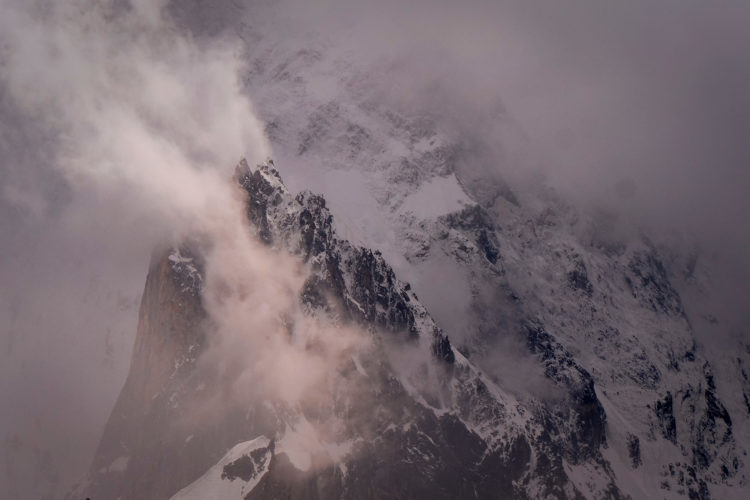
We used the time in basecamp to observe the weather. We were in regular contact with Expeditionweather's team of forecasters. By analysing the forecasts, comparing it with our observations and giving feedbacks back to the forecasters, the forecasts just got more and more accurate. We also learned about local effects, e.g. that K7 was quite well protected from thunderstorms by its neighbour K6.
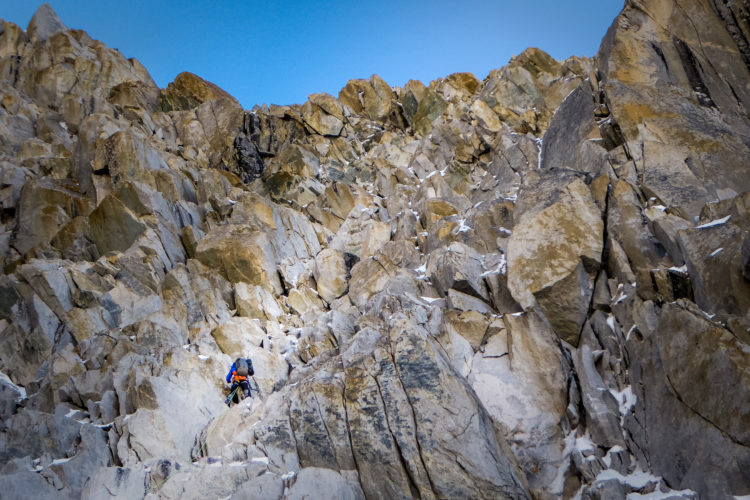
After acclimatisation we had to wait a while for the next window with good weather, which appeared on the 4th week of our expedition. We started climbing and soon encountered terrain which was a lot more difficult than several of our training routes such as the Eiger Northface.
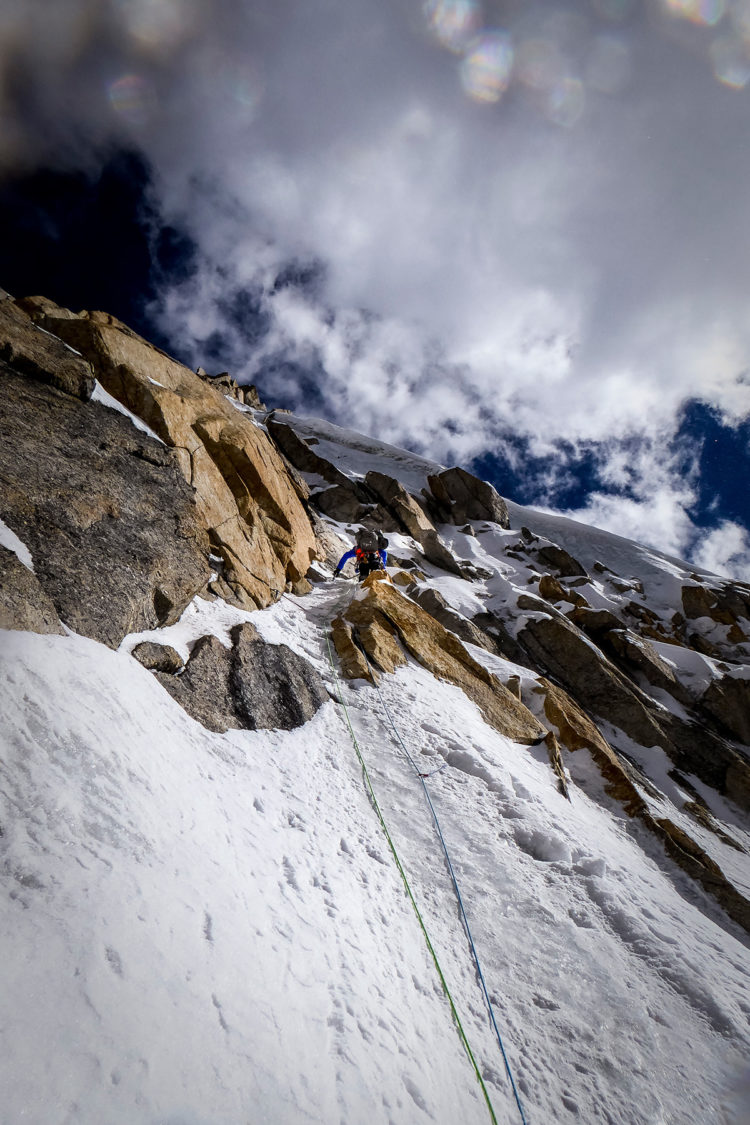
Route finding proved to be especially difficult. Snowfields alternated with steep rocksteps. Pitch after pitch we continued, finding some rotten fixed ropes here and there.
Just before dusk we chopped a small ledge into an icy slope - just enough for two persons to lay down. On the next morning, we climbed the last difficult rock pitch and saw the further route to the summit. Just a last and quite easy, but 800 vertical meter high snowfield separated us from the summit of K7. But the difficult climbing from the last day and the altitude took its toll and we were quite exhausted.
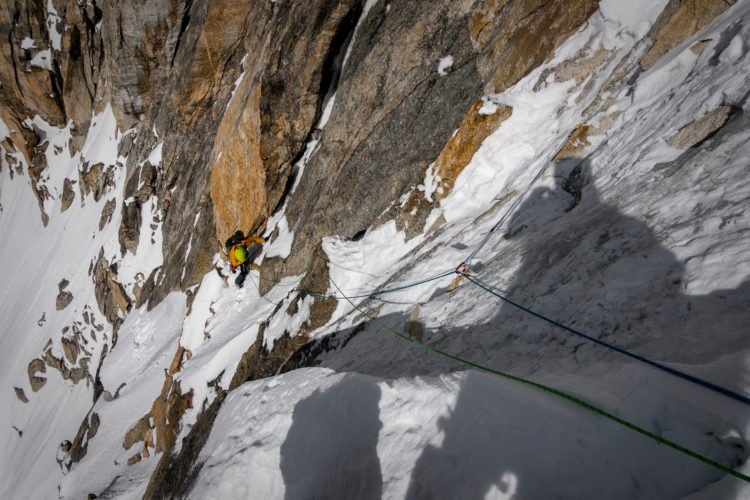
To make things worse, we received a forecast for bad weather: Meteotest announced abundant snowfall for the next day, which could signify a rapidly increasing avalanche hazard.
Quite disappointed we decided to abandon the summit push and retreat to basecamp, which we reached just in time for dinner. On the next day, we saw that the forecast as well as our decision to retreat were absolutely correct. It was pourring rain the whole day, the mountains were in clouds and snow fell on the slopes. A retreat in these conditions would have been very dangerous.
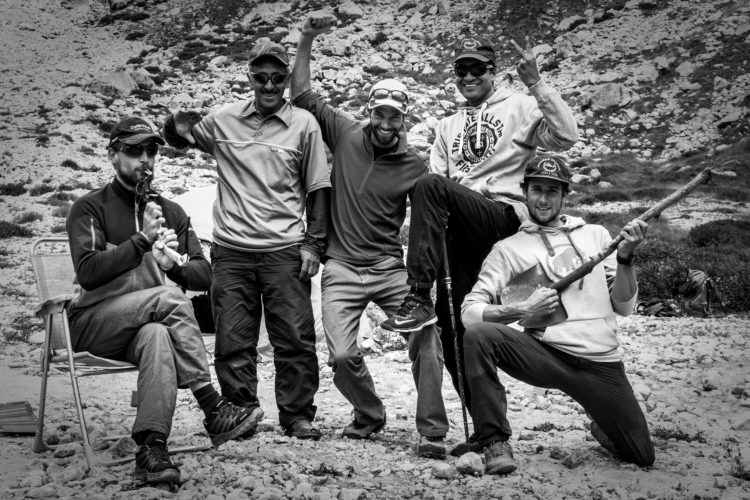
Happy about our decision, we waited optimistically for the next weather window - but for the rest of our expedition it just wouldn't happen. So finally we had to depart back home to Switzerland - without a 2nd go or a summit success on our main objective, but with lots of good memories and valuable experiences.